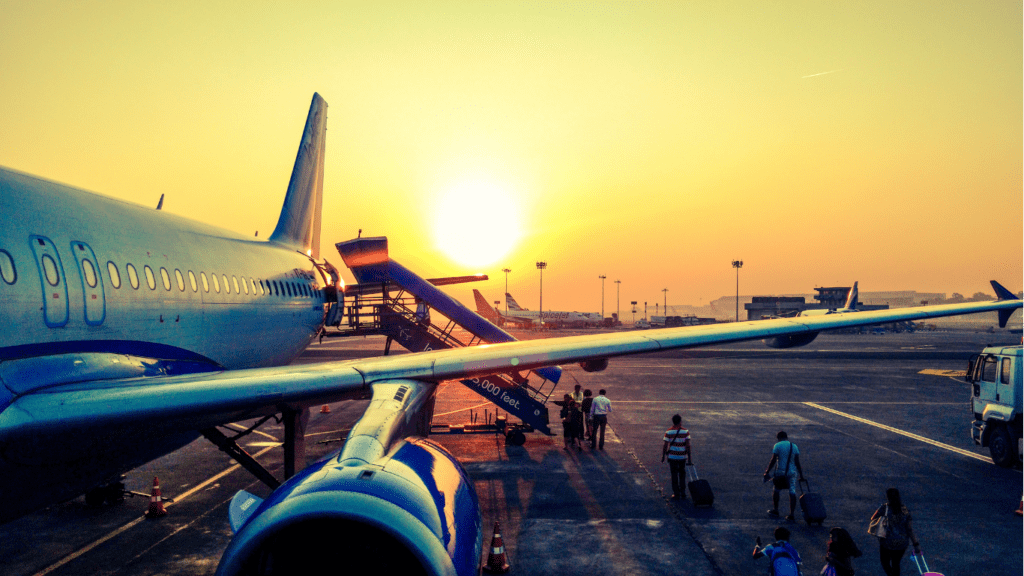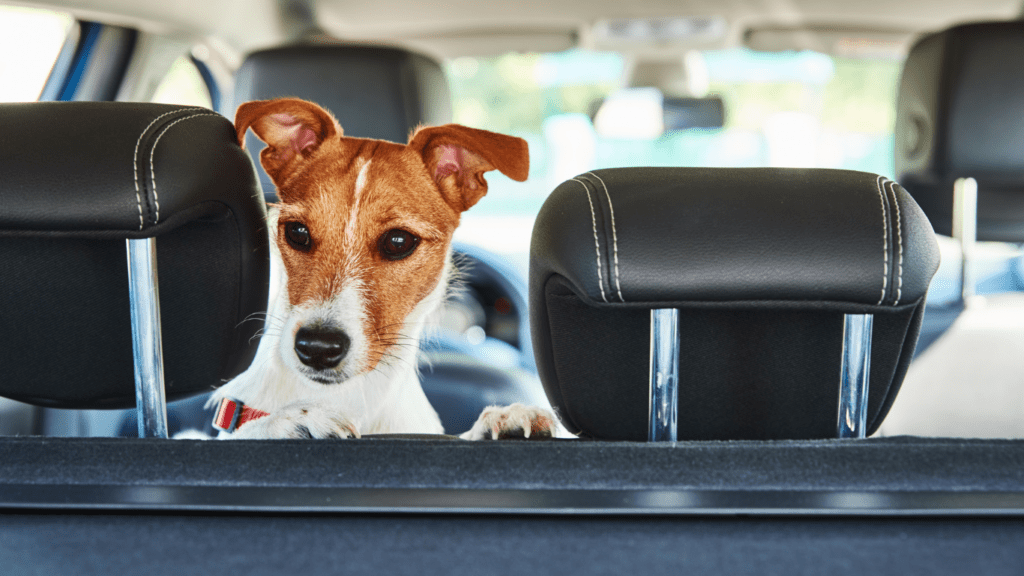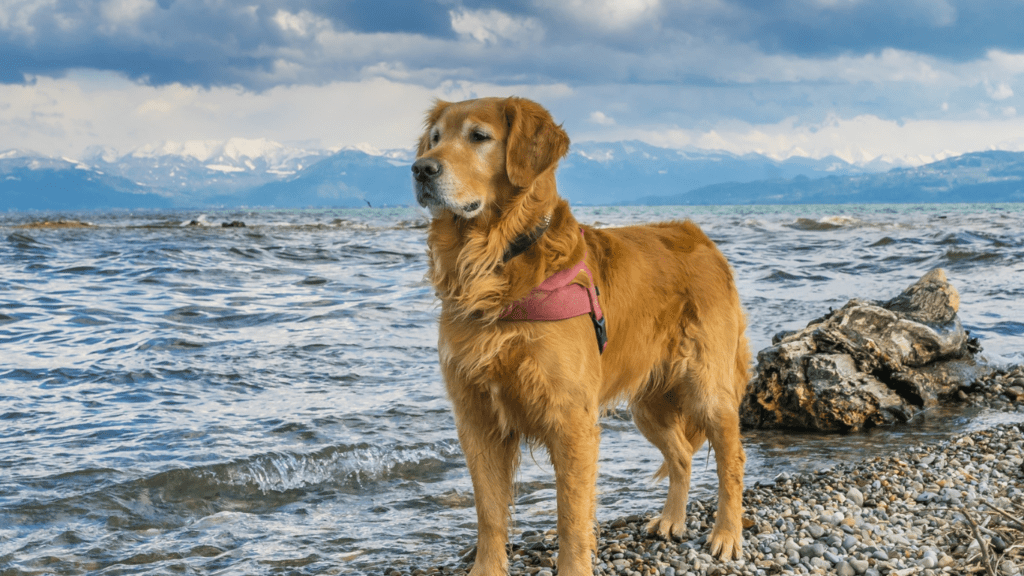Understanding Pet Travel Etiquette
Knowing pet travel etiquette is crucial for a smooth journey. It ensures the comfort of your pet and respects fellow travelers and their space.
Why It’s Important
Pet travel etiquette maintains harmony during travel. Without it, chaos can ensue, leading to stressed pets and frustrated passengers.
Proper behavior guides ensure pets feel safe and travelers experience a pleasant trip. Ignoring these rules can result in complaints or even travel bans for pets, according to airline policies.
Basics of Pet Etiquette
Adhering to pet etiquette means preparing your pet for travel, considering their comfort and others’ space.
- Preparation: Ensure vaccinations are up-to-date and carry necessary documents. Proper identification on your pet, like a collar with tags, is essential during trips.
- Crate Training: Use a comfortable restraint for pets. Airlines often require crate sizes that allow pets to stand and turn around. Vet recommendations can guide the best crate choices.
- Hygiene: Groom pets prior to travel. A clean, well-groomed pet reduces discomfort for others and prevents hair and dander from spreading.
- Quietness: Train pets to be quiet. Excessive noise can disturb fellow travelers. Treats and toys may help keep pets calm and engaged.
- Respect: Always keep pets under control. Leashes and tethers are necessary in shared spaces, ensuring pets don’t intrude on others’ personal areas.
Preparing for Pet Travel

Ensuring your pet is ready for travel builds the foundation for a smooth journey. Follow these essential steps to guarantee your pet’s safety and comfort throughout the trip.
Health and Safety Considerations
Schedule a vet visit to verify your pet’s health status and update vaccinations prior to travel. Ensure your pet receives a health certificate if required by the airline or destination country.
Microchipping improves pet safety; update the contact information before the trip. Assess your pet’s temperament to decide if anti-anxiety solutions are necessary, but consult with your vet first.
What to Pack
Create a packing checklist tailored for your pet’s needs such as:
- Identification Tags: Include your contact information.
- Health Documents: Carry vaccination records and health certificates.
- Comfort Items: Bring blankets, toys, and familiar items to ease anxiety.
- Medication: Pack any prescribed medications with dosage instructions.
- Food and Water: Pack sufficient food, a portable water bowl, and treats.
- Waste Management: Include waste bags, litter, or pee pads for sanitation.
These preparations help ensure your pet enjoys a safe and stress-free journey.
Do’s of Pet Travel
Pet travel etiquette involves several do’s to ensure a smooth trip for both you and your furry friend. Implementing these guidelines will promote wellbeing and peace of mind.
Training Your Pet for Travel
Training a pet enhances travel experience. Introduce your pet to its carrier weeks in advance. Reward positive behavior to create a positive association.
Use commands like “sit” and “stay” to ensure control. Practice short trips to acclimate your pet to the vehicle. Monitor behavior to adjust to any issues. This foundation makes longer journeys more manageable.
Keeping Your Pet Comfortable
Maintaining comfort reduces stress. Ensure the carrier is spacious and ventilated. Place familiar items, such as blankets or toys, in the carrier. Regulate temperature to avoid extreme heat or cold.
Take regular breaks during road trips, allowing your pet to hydrate and relieve itself. If flying, select pet-friendly airlines with specific accommodations. Pre-trip vet visits can identify any health issues and update necessary vaccinations.
Don’ts of Pet Travel
Travelling with pets demands careful attention to detail. Avoid these common mistakes for a stress-free journey.
Common Mistakes to Avoid
Ignoring Regulations: Each airline or transportation method has specific pet travel rules. Always check these regulations in advance.
Skipping Identification: Pets need proper identification, like tags and microchips. Losing a pet during travel is less likely with these precautions.
Neglecting Health Checks: Don’t skip pre-trip vet visits. Vaccinations, health certificates, and overall wellness checks are essential.
Overfeeding Before Travel: Feeding your pet too much before travel can lead to nausea and discomfort. Offer a light meal a few hours before the trip.
Using Inadequate Carriers: Ensure carriers are well-ventilated and of appropriate size. Pets need enough room to move comfortably.
Managing Pet Anxiety and Misbehavior
Ignoring Acclimatization: Acclimate your pet to the carrier and travel environment well before the trip. Regularly practice short travels in the carrier.
Skipping Breaks: For longer trips, periodic breaks are necessary for pets. Plan stops for bathroom breaks and short walks.
Neglecting Comfort: Pets need familiar items, like toys or blankets, to reduce anxiety. Prioritize their comfort to manage stress.
Overlooking Exercise: Exercise your pet before travel to reduce restlessness. A tired pet is less likely to misbehave.
Failing to Monitor Behavior: Stay attentive to your pet’s needs and behavior during the trip. Address issues promptly to avoid escalation.
Paying attention to these don’ts makes pet travel smoother and more enjoyable for both of you.


